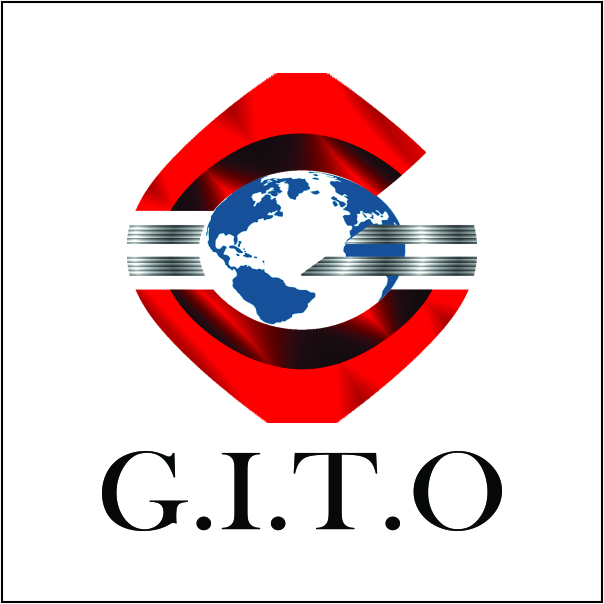Echa publishes updates on PACT substance assessments
Includes RMOA of suspected PBTs
12 May 2017
Echa has provided updates on seven substances in its public activities coordination tool (PACT) for risk management option analysis (RMOA) or hazard assessment.
Three have been added for which EU and European Economic Area (EEA) countries are now starting RMOA. The chemicals and their suspected hazards or concerns are:
1,6,7,8,9,14,15,16,17,17,18,18-dodecachloropentacyclo [12.2.1.16,9.02,13.05,10] octadeca-7,15-diene – suspected of being persistent, bioaccumulative and toxic (PBT);
terphenyl, hydrogenated – suspected PBT; and
UVCB-diamines – suspected of specific target organ toxicity via repeat exposure (STOT RE).
Other European countries have conducted RMOAs on the following substances, both of which are suspected of being carcinogenic, mutagenic and reprotoxic (CMR) and a sensitiser, and have decided no further risk assessment action is necessary:
nickel sulphide; and
trinickel disulphide.
Hazard assessments of the final two substances have been postponed with no follow up suggested:
4,4'-(1,3-phenylene-bis(1-methylethylidene)) bisphenol – suspected endocrine disruptor and PBT; and
2,4,6-tribromophenol – potential PBT.
The countries that have or are carrying out work on their respective substances are Belgium, Finland, Germany, Hungary, Norway, Sweden and the UK.
In April, the agency included updates on 18 substances in PACT.


